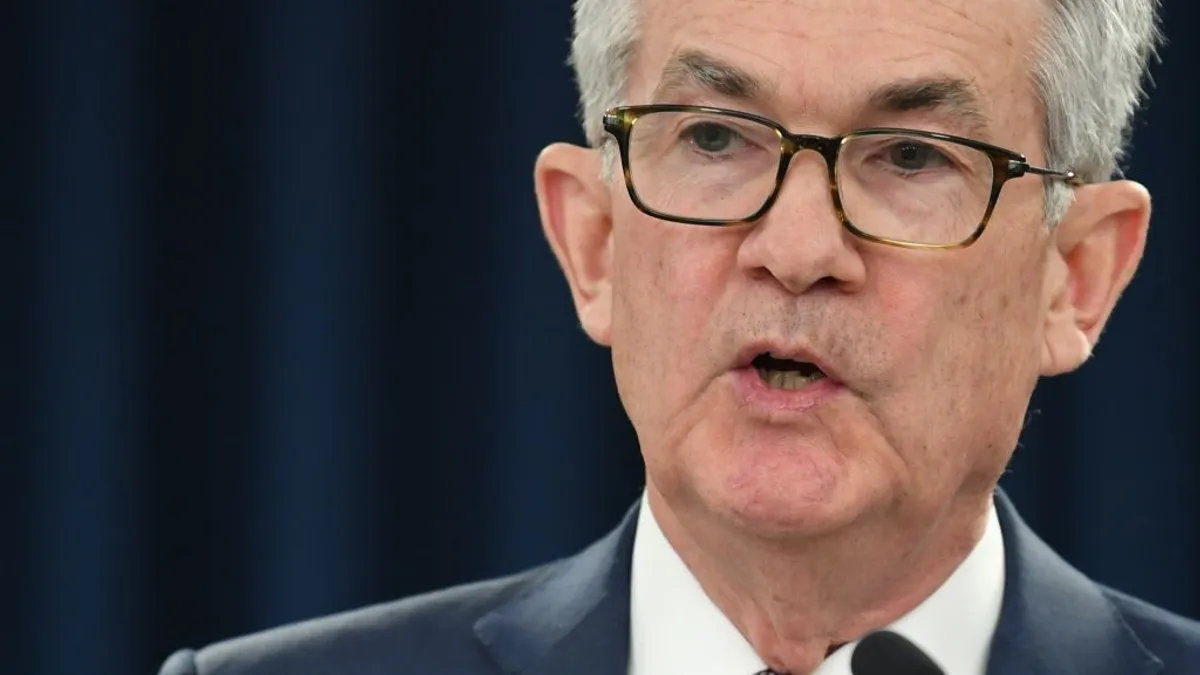President Joe Biden reassured companies Monday that their deposits in U.S. banks will remain secure after the failure by Silicon Valley Bank and Signature Bank.
“Small businesses across the country that had deposit accounts at these banks can breathe easier, knowing they’ll be able to pay their workers and pay their bills,” Biden said. He cited an announcement by regulators on Sunday guaranteeing deposits at SVB and Signature and creating a federal program ensuring all banks would have access to cash should depositors rush to draw down their accounts.
Although able to withdraw cash, CFOs will likely face a higher cost of borrowing in coming weeks, economists and financial advisers said. The collapse of SVB and Signature reveals how, during the past year, the Federal Reserve’s most aggressive monetary tightening in four decades has stressed the balance sheets at many banks.
“As far as interest-rate exposure is concerned, I imagine that other banks are facing it to a large degree,” Aleksandar Tomic, director of the graduate programs in applied economics and applied analytics at Boston College, said. “They just have not been stressed by large deposit outflows.”
The increase in the federal funds rate from near zero a year ago to a current range between 4.5% and 4.75% has also exposed weaknesses in many sectors beyond banking, the economists and financial advisers said.
“The SVB turmoil is one sign of the cracks our economy is showing as it faces these rapidly rising interest rates,” Embarc Advisors President Jay Jung said.
“Several other sectors are showing signs of fragility under the pressure of rising interest rates,” Jung said, including housing, commercial real estate, consumer loans and auto loans.
By one market measurement, bank instability has advanced the Fed’s effort to cool the economy and curb inflation.
Investors on Monday saw zero odds that the Federal Reserve will raise the federal funds rate by a half percentage point at the end of a two-day meeting on March 22, according to the CME FedWatch Tool, which calculates expectations based on trading in interest-rate futures markets.
On Wednesday investors saw 78% odds of such a move after Fed Chair Jerome Powell testified to a House committee that to quell inflation policymakers may need to increase borrowing costs higher than expected.
Investors set 61% odds on Monday that the central bank will raise the benchmark interest rate by a quarter percentage point at the end of the meeting this month, and a 39% probability of no change, according to CME.
Still, “higher rates are not likely to go away soon even if the Fed floods the market with money to bail out banks, as inflation will continue rising in that case,” Tomic said.
The banking turmoil signals that “CFOs must diversify,” he said. “They must have cash on hand in more than one institution.”
Top financial executives should also match the duration of assets and liabilities and hedge against interest rate shifts, he said.
“Every business, large and small, should have a few cash management tools to keep in your back pocket,” Jung said, including a plan with “key steps and redundancies for bank accounts, vendor payments, critical services payments, as well as both internal and external communications.”
Biden took pains to emphasize that taxpayers will not bear the burden of bank failures.
“This is an important point — no losses will be borne by the taxpayers,” he said. “Instead, the money will come from the fees that banks pay into the Deposit Insurance Fund.”
While Biden served as U.S. vice president, the Obama administration came under fire for using taxpayer funds to support financial institutions buffeted by the mortgage finance crisis from 2007 until 2010.
“The banking system is far more resilient and on a better foundation than before the financial crisis,” White House Press Secretary Karine Jean-Pierre told reporters after Biden spoke. “This is not 2008.”























